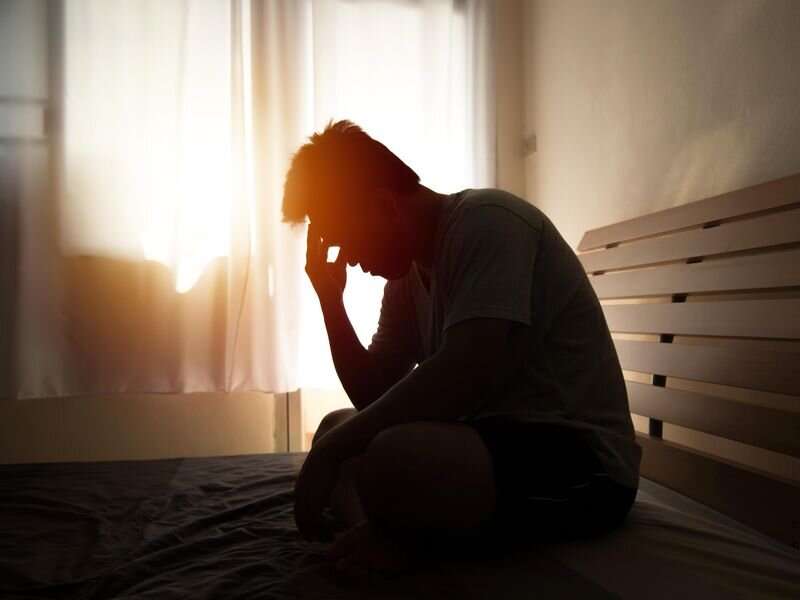
For the first time, researchers at the U.S. Centers for Disease Control and Prevention have broken down statistics on depression among Americans, pinpointing which states the debilitating illness is most likely to strike.
Adjusted for age, 18.5% of all American adults included in the new analysis said they’d been diagnosed with depression at least once in their lifetime.
But incidence varied widely by state, from a low of 12.7% in Hawaii to more than double that (27.5%) in West Virginia, according to a team led by Benjamin Lee. He’s with the CDC’s National Center for Chronic Disease Prevention and Health Promotion.
The new findings should “help guide state- and local-level efforts to prevent, treat and manage depression,” depending on each state’s level of need, Lee’s group said.
The need appears greatest in the Southeast and Northwest areas of the country.
For example, besides West Virginia, residents in six other states in the Southeast—Alabama, Arkansas, Kentucky, Louisiana, Oklahoma and Tennessee—had rates of reported adult depression near or above 23%, the study found.
In the Northwest, Montana, Oregon and Washington all had rates of depression 21% and higher, the researchers found.
Nearly 23% of adults living in Utah said they’d been diagnosed with depression at least once, and two states in the Northeast—Maine and Vermont—each had adult depression rates above 23%, according to the report.
As for those states (besides Hawaii) that were most free of depression, they included Alaska (15.7%), California (13.9%), Florida (14.9%), Illinois (15%) and New Jersey (15.6%).
The new statistics were based on 2020 federal government data collected in over 3,100 counties across America as part of the Behavioral Risk Factor Surveillance System survey. Almost 393,000 adult respondents to the survey were asked: “Has a doctor, nurse or other health professional ever told you that you had a depressive disorder, including depression, major depression, dysthymia or minor depression?”
County-by-county comparisons show just how geographically concentrated mental health issues can become. Rates of adult depression per county varied from a low of 10.7% to almost 32%, the report found.
Overall, “during 2020, approximately 1 in 5 U.S. adults reported having ever received a diagnosis of depression by a health care provider, with prevalence of depression higher in women, younger adults and adults with lower education levels,” Lee’s team noted.
Making sure that all Americans have affordable, easy access to mental health care is key to lowering rates of depression everywhere, the researchers said. To that end, “decision-makers can use these estimates to guide resource allocation to areas where the need is greatest,” they said.
The analysis was published June 16 in the CDC journal Morbidity and Mortality Weekly Report.
More information:
Find out more about the signs of depression at the American Psychiatric Association.
Journal information:
Morbidity and Mortality Weekly Report
Source: Read Full Article